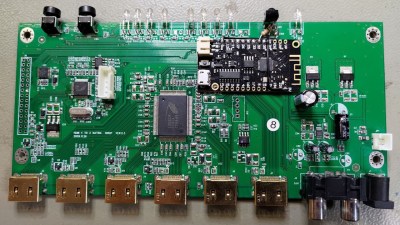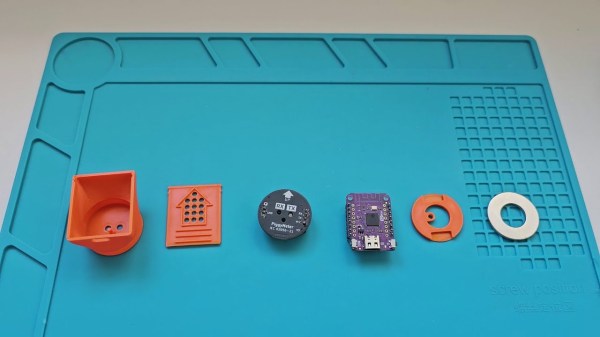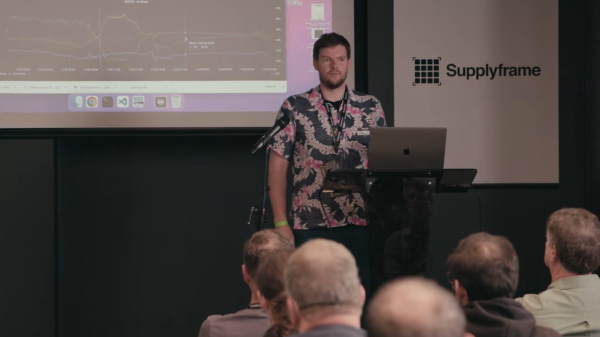The remote for [Dillan Stock]’s TV broke, so he built a remote. Not just as a replacement but as something new. For some of us, there was a glorious time in the early 2000s when a smart remote was needed and there were options you could buy off the shelf. Just one handy button next to the screen had a macro programmed that would turn on the receiver, DVD player, and TV, and then configure it with the right inputs. However, the march of technological convenience has continued and nowadays soundbars turn on just in time and the TV auto switches the input. Many devices are (for better or worse) connected to WiFi, allowing all sorts of automation.
[Dillan] was lucky enough that his devices were connected to his home assistant setup. So this remote is an ESP32 running ESPHome. These automations could be triggered by your phone or via voice assistant. What is more interesting is watching [Dillan] go through the design process. Deciding what buttons there should be, where they should be placed, and how the case would snap together takes real effort. The design uses all through-hole components except for the ESP32 which is a module.
This isn’t the first thing [Dillan] has made with an ESP32, as he previously revamped a non-standard smart lamp with the versatile dev board. The 3d printable files for the remote are free available. Video after the break.



















